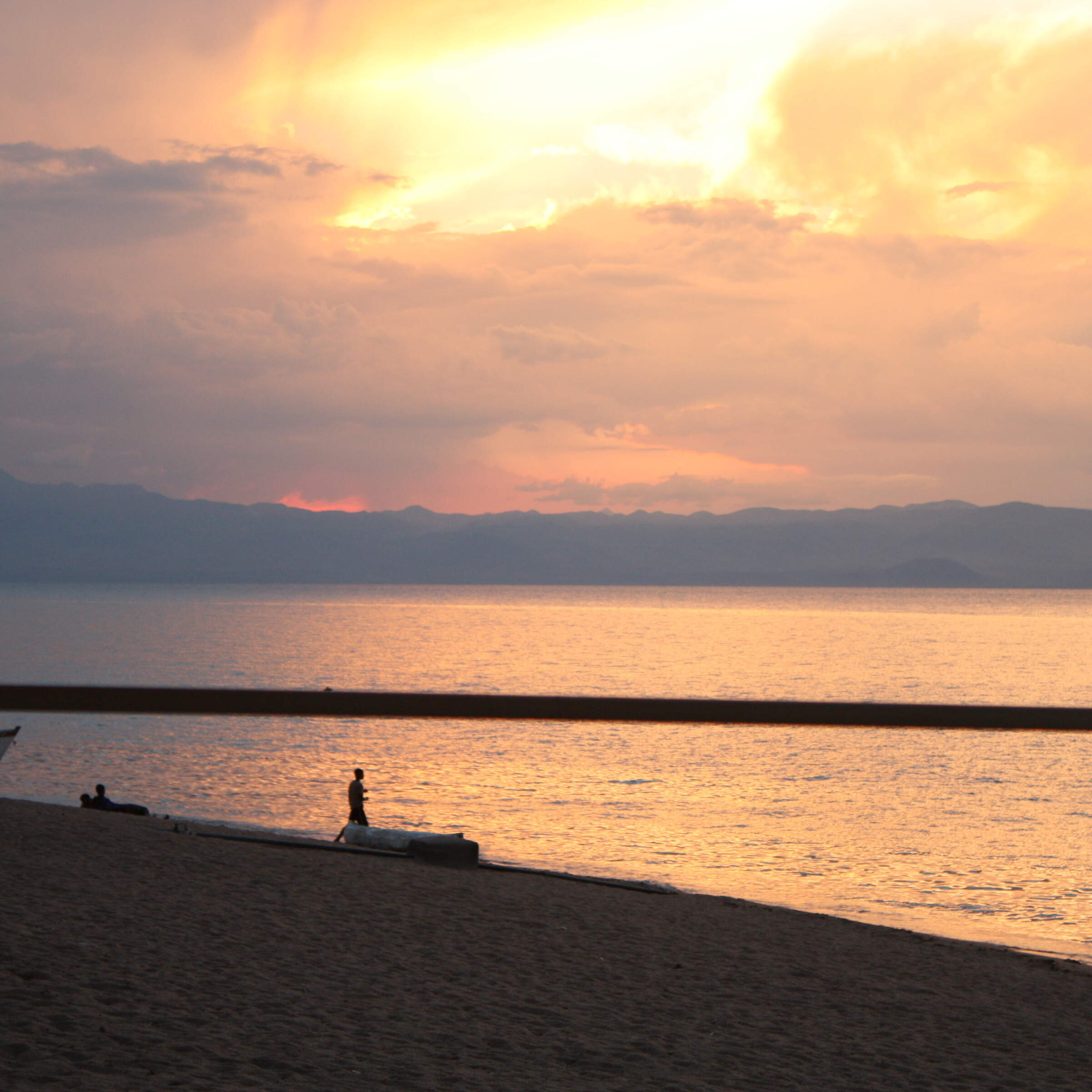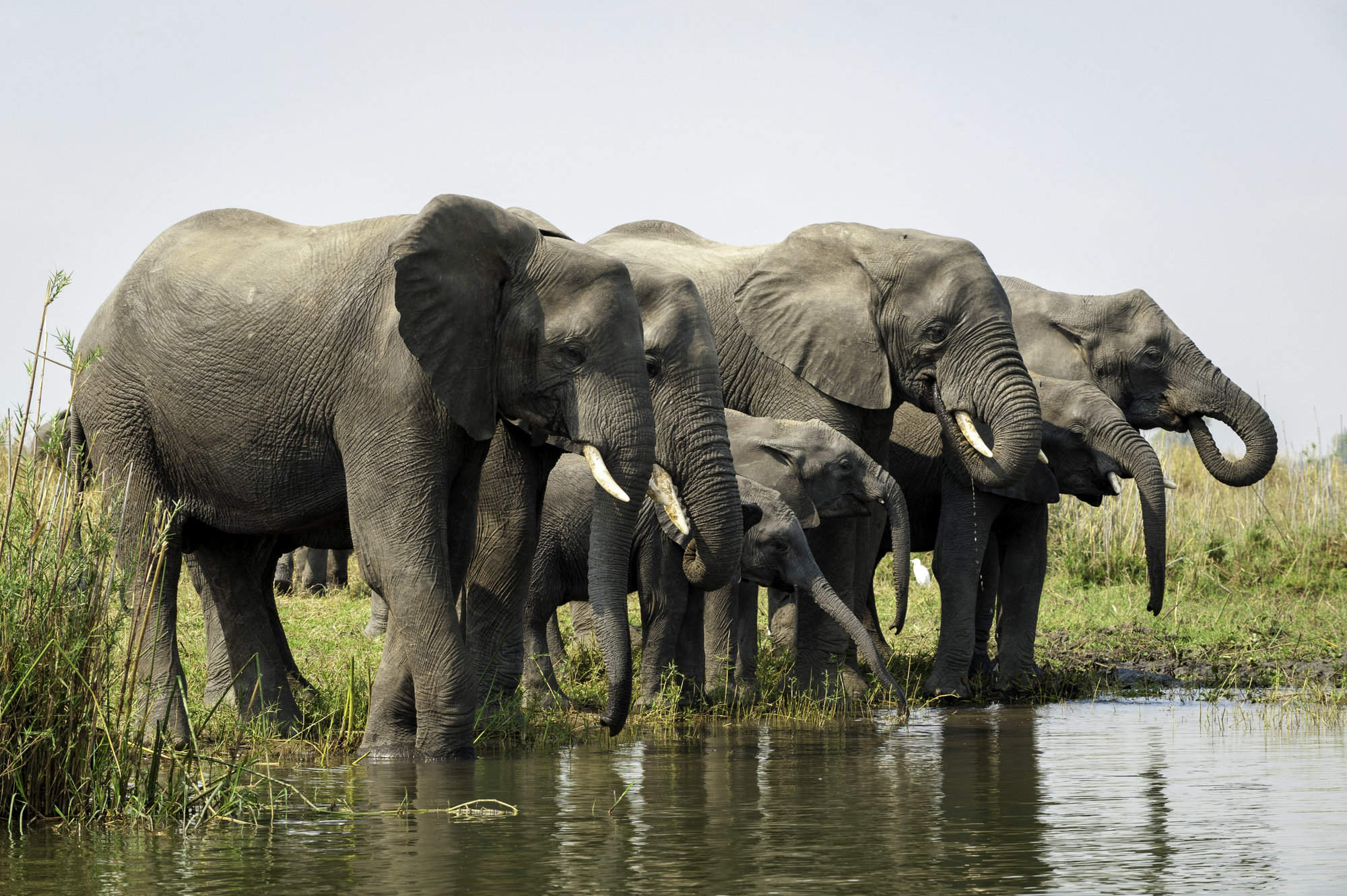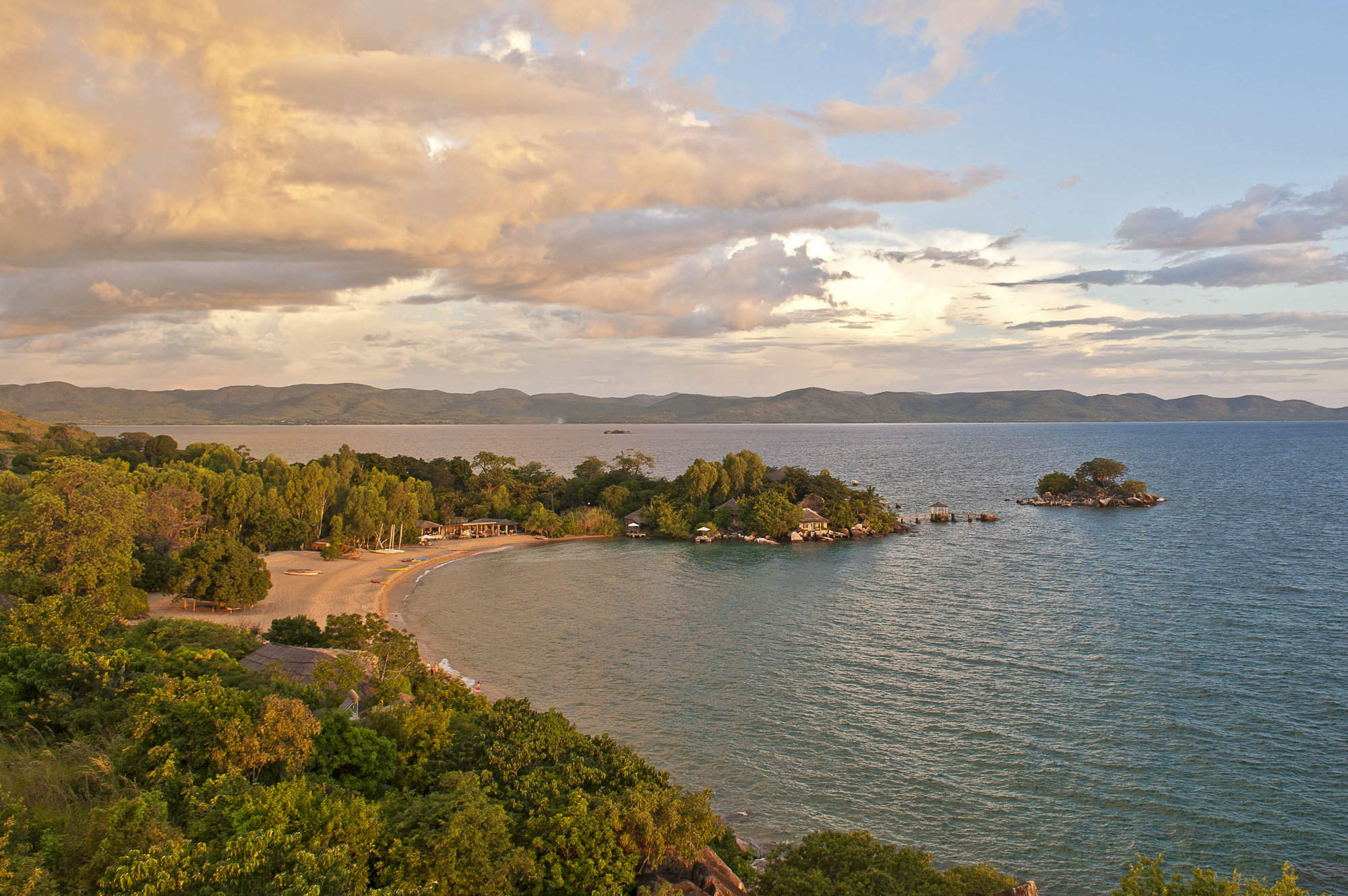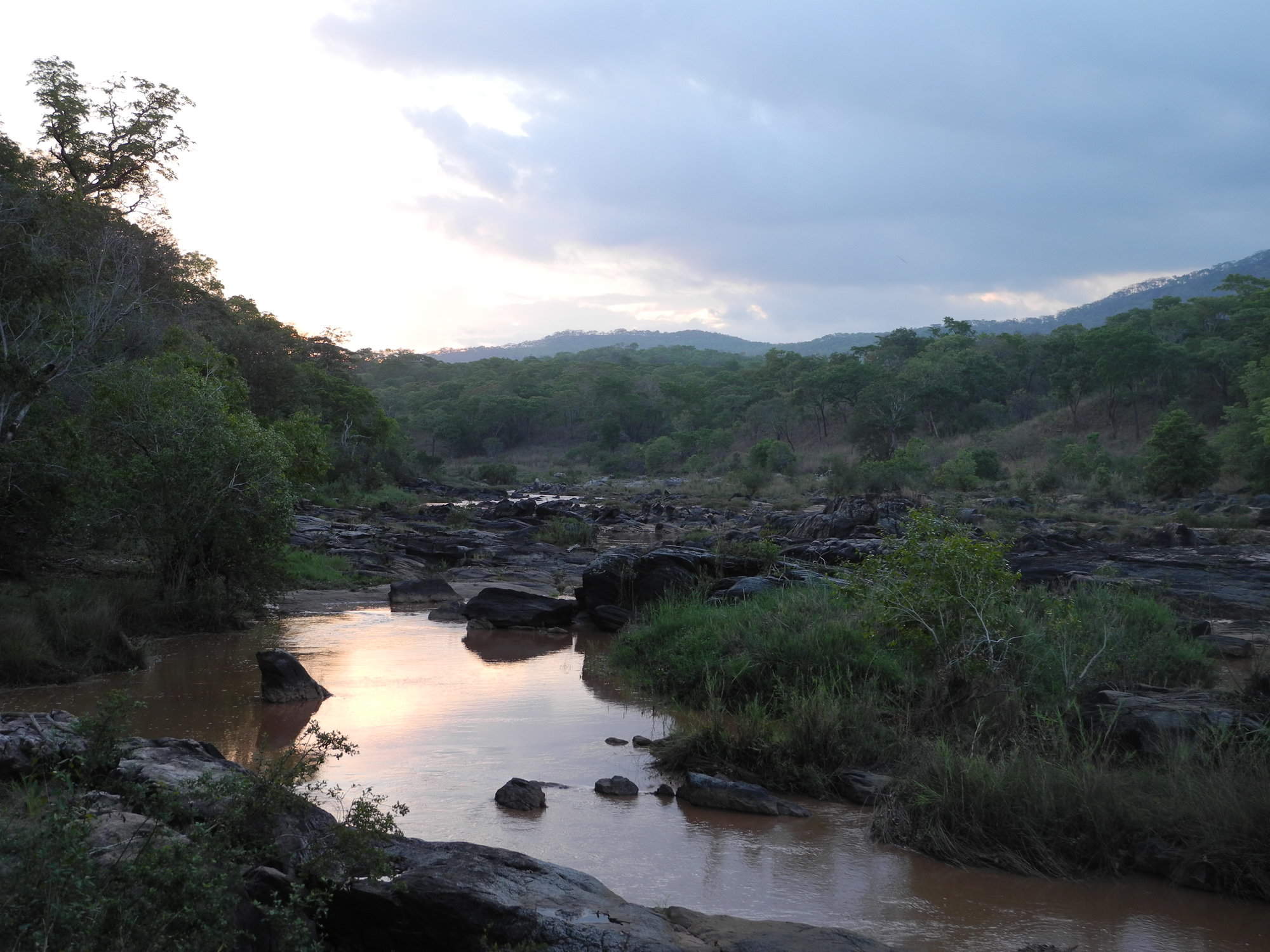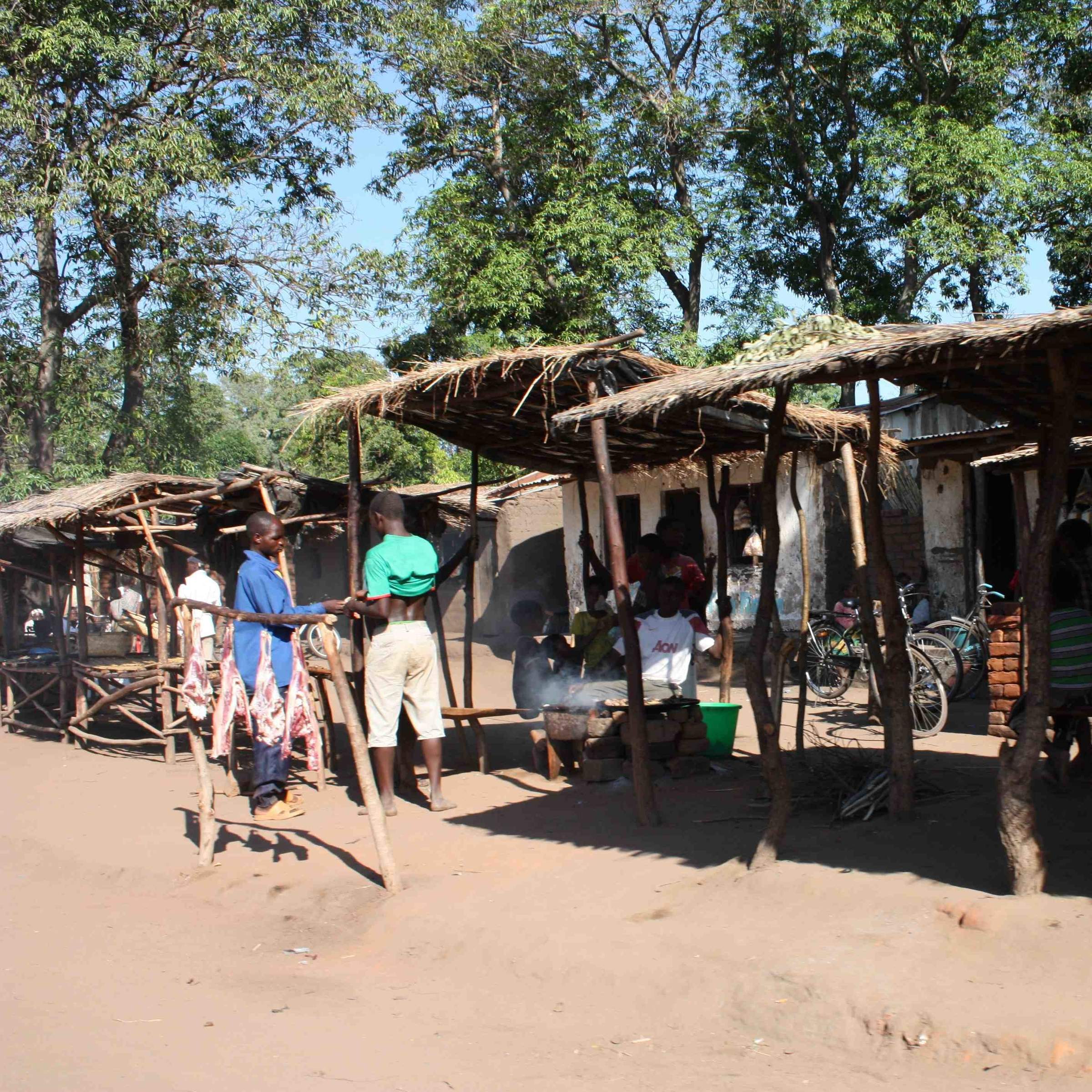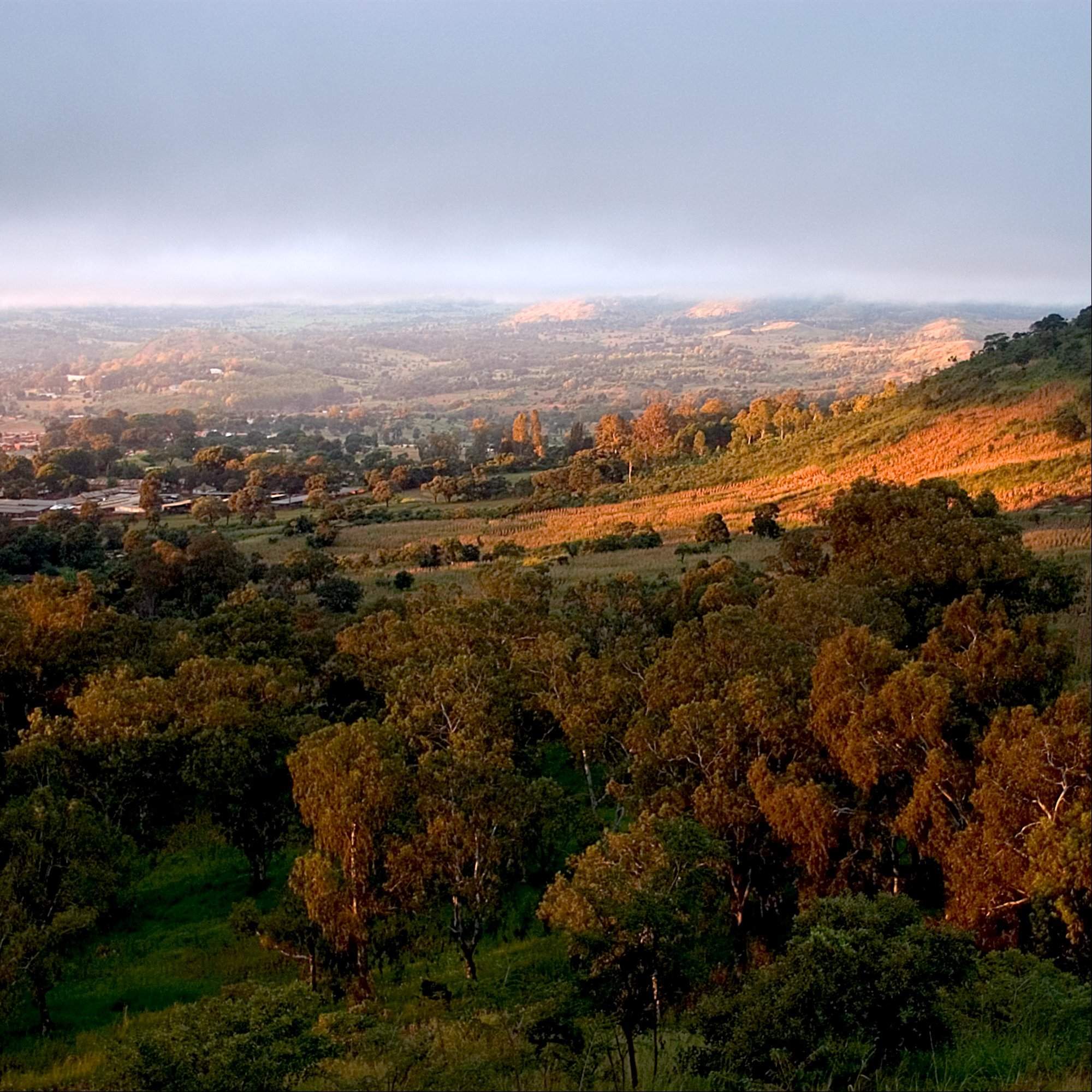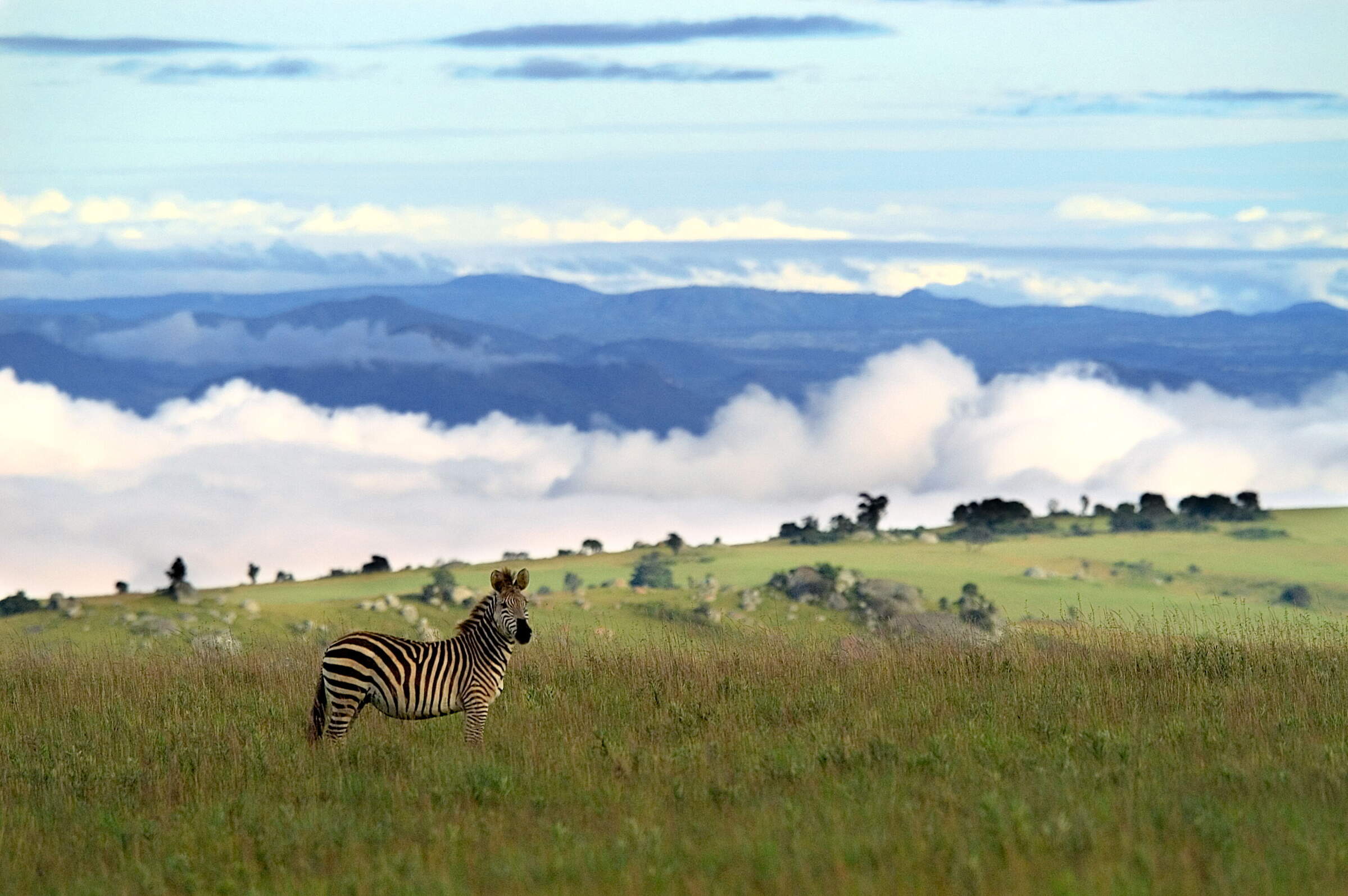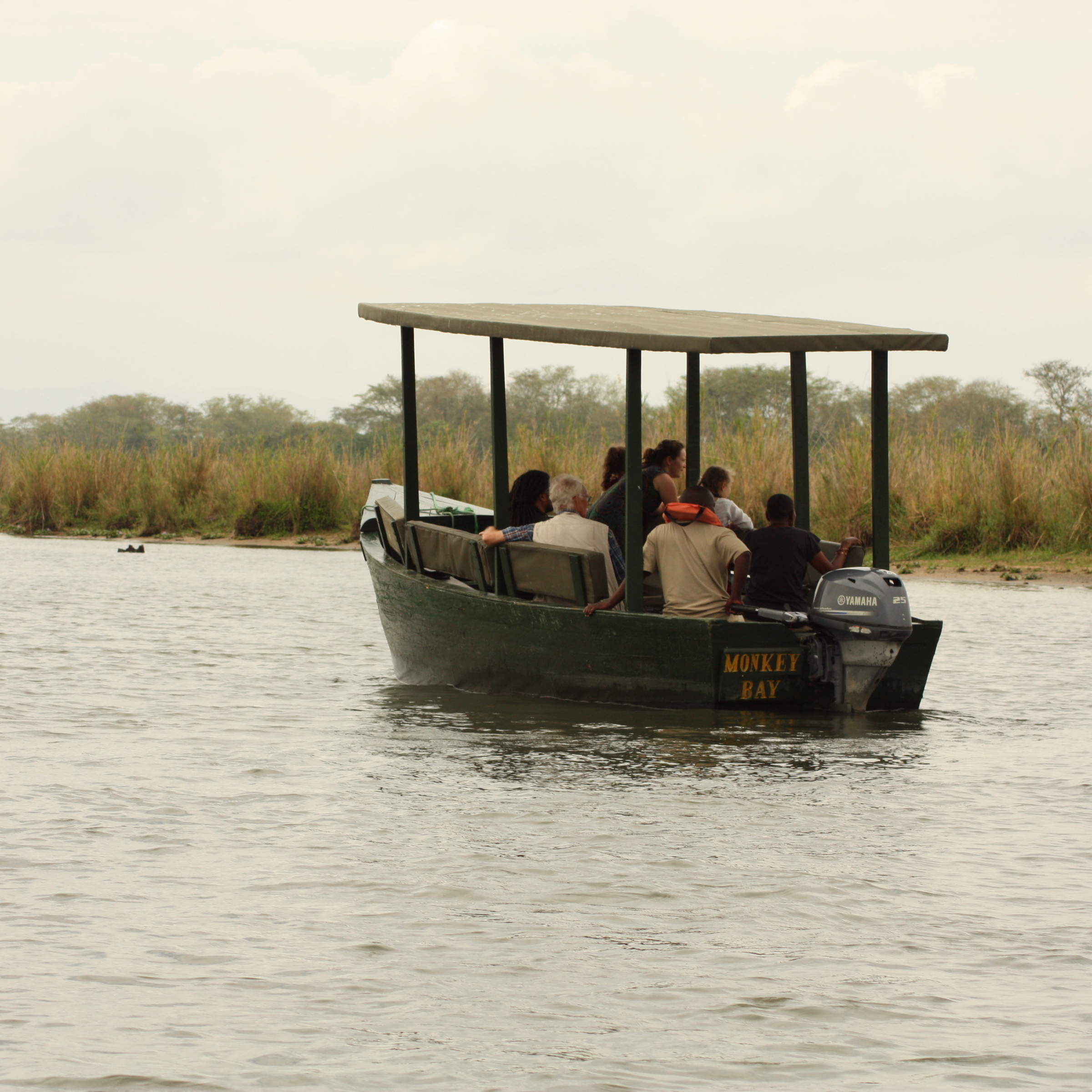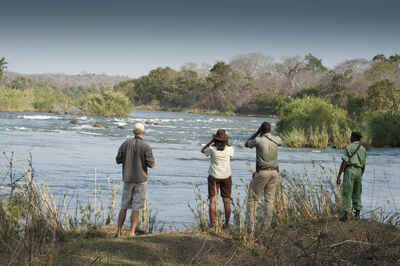
Majete, criss-crossed with tributaries of the Shire River
Wildlife and birding safaris by boat
Mkulumadzi, an eco-lodge in Majete Reserve
Majete Wildlife Reserve
Majete Wildlife Reserve
This large, rugged safari area has been regenerated though intensive conservation work; it's Malawi's most interesting new area.
In southern Malawi, Majete Wildlife Reserve covers about 700km² of fairly rugged, hilly bush of the Lower Shire Valley – and has been intensively protected and re-stocked with game since about 2003. We visited the park first in 2011, and feel that it's already vying to become the most interesting wildlife reserve in Malawi.
The eastern boundary of the park follows the wide, fast-flowing Shire River, which drains from Lake Malawi and flows south into the Zambezi River. Passing through Majete it tumbles over a series of rocky rapids – and visiting recently, we've never seen pods of hippos and large crocodiles in such fast-flowing water!

Safaris visiting Majete
Just ideas, we'll always tailor-make a trip for you
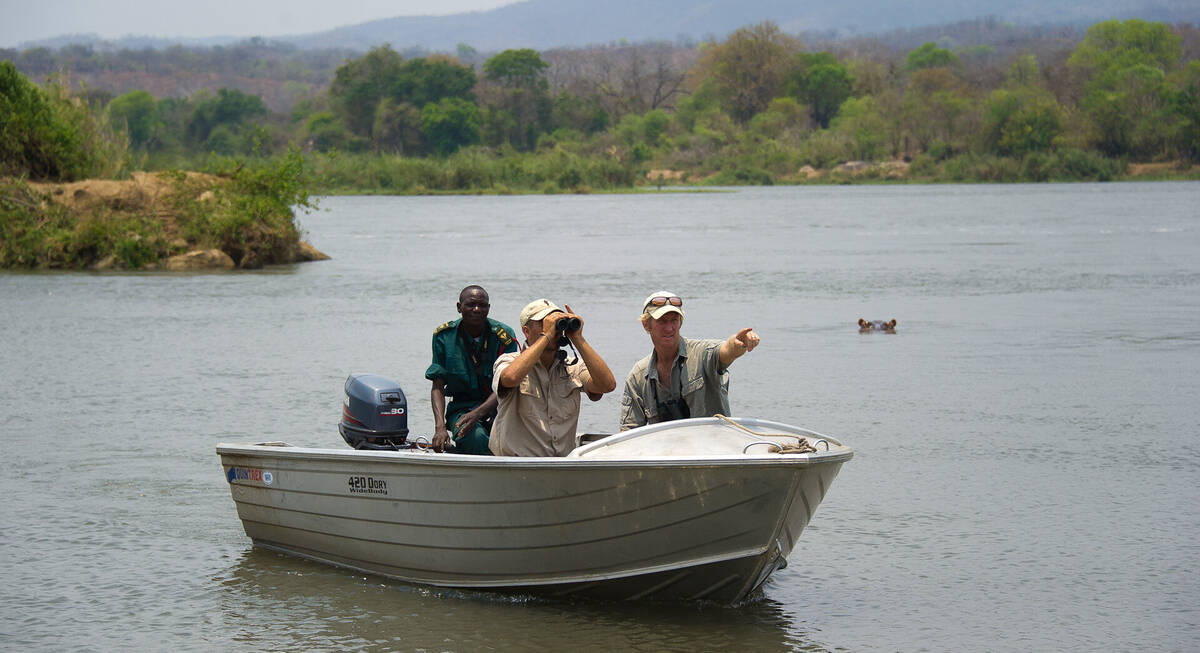
Red Zebra Cichlid Safari
7 days • 2 locations
BLANTYRE AIRPORT TO LILONGWE AIRPORT
Explore two of Malawi's highlights, with a safari in rugged, remote Majete Wildlife Reserve before some beach time: relaxing, snorkelling and sailing in Lake Malawi National Park.
US$3,580 - US$4,500 per person
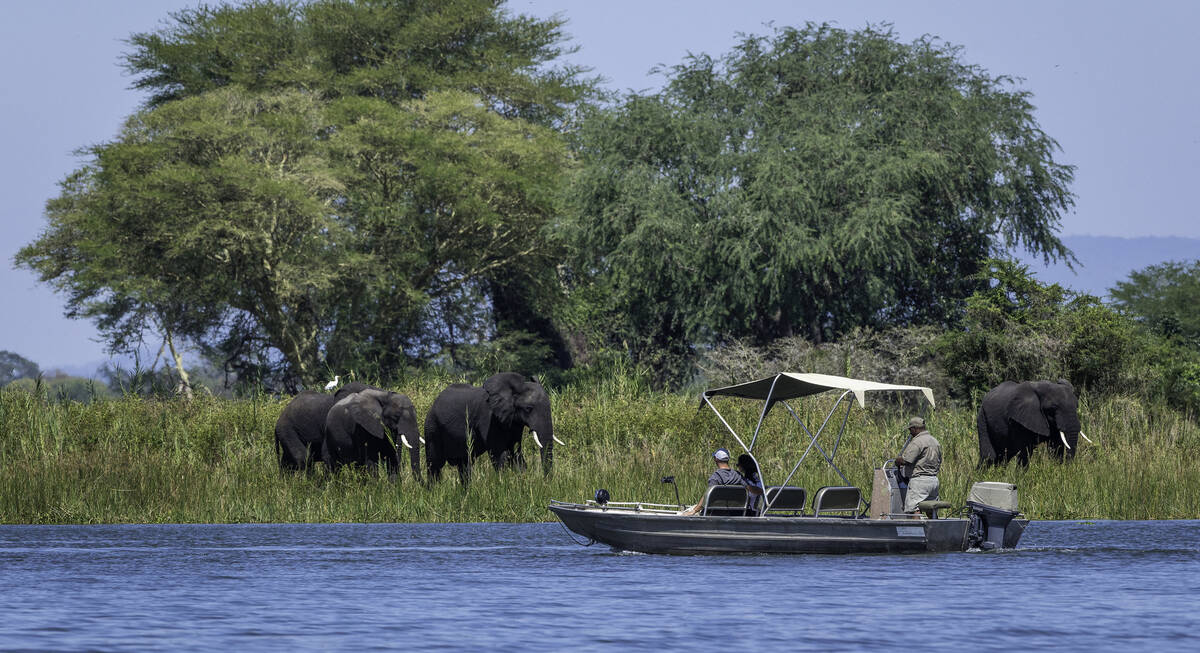
Utaka Cichlid Safari
10 days • 3 locations
BLANTYRE AIRPORT TO LILONGWE AIRPORT
Explore two of Malawi's safari parks - Majete Wildlife Reserve and Liwonde National Park - before finishing your trip with some beach time: relaxing, snorkelling and sailing in Lake Malawi National Park.
US$4,560 - US$5,700 per person
Most recent reviews of our safaris to Majete
Click below to browse all 32 reviews from Majete Wildlife Reserve. All from our travellers; all are in full & unedited.
Arrived 18 Dec 2024, 11 nights
"My Dec 2024 Malawi trip"
Overall rating: Excellent
Arrived 8 Sep 2024, 11 nights
"My Sep 2024 Malawi trip"
Overall rating: Excellent
Arrived 27 Aug 2024, 11 nights
" Magical Malawi"
Overall rating: Excellent
Arrived 28 May 2024, 17 nights
"My May 2024 trip"
Overall rating: Excellent
Arrived 11 Nov 2022, 18 nights
"Malawi & Zambia in Nov 2022"
Overall rating: Excellent
Arrived 26 May 2022, 10 nights
"My May 2022 trip"
Overall rating: Excellent
Arrived 6 Oct 2019, 16 nights
"30th wedding anniversary safari"
Overall rating: Excellent
Arrived 28 Sep 2019, 18 nights
"A wonderful time in Malawi"
Overall rating: Excellent
Arrived 10 Aug 2019, 12 nights
"August safari adventure 2019"
Overall rating: Good
Arrived 10 Jul 2019, 15 nights
"My Jul 2019 trip"
Overall rating: Excellent
Where to stay in Majete
Our suggestions for safari camps in Majete Wildlife Reserve
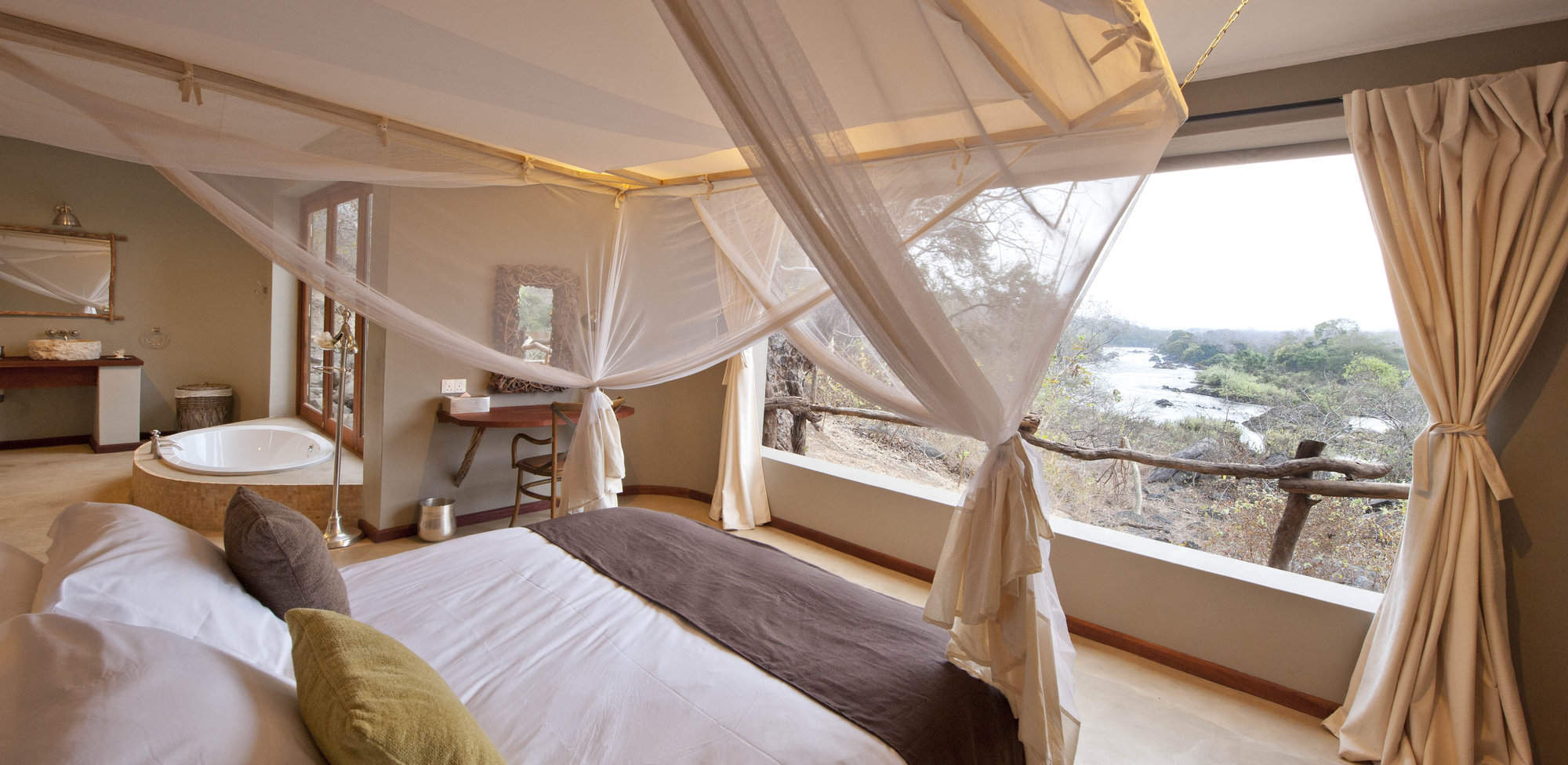
Mkulumadzi
Mkulumadzi is a class act in a superb location. Come for comfort, a rugged reserve, interesting antelope species, great guiding and a real feeling of getting away from it all.
Our travellers’ wildlife sightings in Majete
This is their success for sightings in Majete Wildlife Reserve. Click on a species for more detail. How we work this out.

100% success

100% success

100% success

83% success

83% success

80% success

67% success

33% success

33% success

33% success

20% success

18% success

17% success

0% success

0% success
When to go to Majete Wildlife Reserve
Our month by month guide: What it's like to visit Majete in Malawi
Jan
Feb
Mar
Apr
May
Jun
Jul
Aug
Sep
Oct
Nov
Dec
Malawi in January
January is the middle of the rainy season in Malawi. You can expect heavy rain for a few hours most days with some occasional flooding. It is generally hot and wet, with temperatures reaching over 30ºC.
The landscape is green and lush and the air crystal clear. In the game reserves the thick bush can restrict animal sightings, making game viewing more challenging. With the abundance of water available the wildlife disperses and is no longer concentrated around water sources. However, many species give birth at this time of the year and it is a great time for birding.
Although the majority of the safari camps are open at this time, most of the beach lodges along the lakeshore close in mid January.
- Peak of the rainy season with thundershowers most days
- Many animals are with young & birdlife is at its most spectacular
- Bush lush & green; animals dispersed so game viewing more difficult
- Air is clear & dust-free, which is great for photography
- Majority of lakeside beach lodges are closed second half of January
Our view
This is not a great time to visit
Weather in January
Malawi in February
February is generally the wettest month and still the heart of the rainy season, with dramatic thunderstorms interspersed with sunny spells.
Expect some flooding and the ground to be waterlogged. The thick bush still affects game viewing on land, and walking safaris are limited, but game viewing by boat on the swollen Shire River, in both Liwonde National Park and Majete Game Reserve, is a highlight. Birdlife is also at its most spectacular at this time of year.
Visitor numbers and costs at the few open camps are low. Most of the beach lodges remain closed, with only one or two open all year.
- Peak of the rainy season with thundershowers most days
- The bush feels alive; birdlife is at its most spectacular
- Good for photography but poor game viewing
- Few tourists, so rates usually at their lowest
- Majority of lakeside beach lodges are still closed
Our view
This is not a great time to visit
Weather in February
Malawi in March
The rainy season is nearing the end in Malawi. The thunderstorms become fewer with sunnier days, but you can still expect some rain most days. March is one of the last of the summer months with temperatures still around 25–30ºC most days.
On safari the thick bush still restricts game viewing and walking safaris are limited too, with the larger animal species being quite elusive. On the plus side, migrant birds make the most of the abundant insect life. This time of the year is also great for keen photographers with the vivid green landscape and clear, dust-free air.
The beach lodges are also starting to open again around mid-March, following the rainy season.
- Expect to experience some rain most days
- The bush feels alive, with birdlife still a highlight
- Good for photography but game viewing remains poor
- With few tourists, rates generally at their lowest
- Beach lodges now open from mid-March
Our view
This is not a great time to visit
Weather in March
Malawi in April
April is a month of change in Malawi. The days start to cool down, rainfall decreases, and summer turns into autumn as the dry season approaches. Temperatures drop to around 25 ºC during the day with the evenings becoming cooler.
This is the tail-end of the green season and, after five months of rain, the landscape remains green and lush, with game viewing still a challenge. However, the birdlife is still great, and the improving weather attracts more visitors to both the bush and the beaches along the Malawi lakeshore.
- The temperatures are cooling down but still expect the odd rain shower
- Start of the dry season with mostly clear and sunny days
- Bush still green & lush: good for photography but not for game viewing
- Very few visitors, and still one of the cheapest times to visit
- The lakeshore beach lodges are now all open
Our view
A good time to visit, with pros & cons
Weather in April
Malawi in May
May is the end of summer and the first month of the dry season. There may still be the occasional shower, but clear sunny skies are becoming the norm. As winter approaches, daytime temperatures drop to a comfortable 20–25 ºC, but at night they’re down to around 10ºC, so warm clothing is advisable for early- morning game drives.
As the rain disappears the landscape starts to dry out. Although the vegetation is still thick, the game viewing starts to improve and walking safaris becoming more reliable. Birding is still excellent, too. Around the lakeshore, temperatures can be significantly warmer, making beach holidays popular at this time of the year. Yet visitor numbers remain low, making May one of the most cost-effective times to visit.
- Start of the dry season with mostly clear & sunny days
- Temperatures are mild along the lakeshore so good for a beach stay
- Bush still green & lush but game viewing improving
- Good for photography & great birdlife
- Very few visitors, & still one of the cheapest times to visit
Our view
A good time to visit, with pros & cons
Weather in May
Malawi in June
June is entirely in the dry season, and – along with May – can also be one of the coldest months. With no rain, clear skies and temperatures dropping to around 20–25ºC during the day, the nights can be cold, reaching around 10ºC. Warm clothing is advisable for early-morning and late-afternoon game drives.
The landscape remains lush, but the bush starts to die back significantly, bringing a marked improvement in wildlife viewing. This, along with cooler temperatures, makes June ideal for walking safaris. Temperatures around the lakeshore tend to be significantly warmer, so June is another popular month for beach holidays with higher visitor numbers.
- Well into the dry season with sunny days & cool temperatures
- Thick bush is dying back, & game viewing improves
- Increased visibility & cool weather perfect for walking safaris
- Mild temperatures along the lakeshore: good for a beach stay
- June is still low season : a popular time before high season starts
Our view
A very good time to visit
Weather in June
Malawi in July
July is the middle of the dry season in Malawi, with temperatures starting to pick up towards the end of the month. This makes July a good time for both safaris and beach holidays. Expect it to be pleasant during the day but still cold at night, especially at high altitude such as Nyika Plateau; blankets and hot water bottles are often provided on safari.
As the vegetation dies back, animals start to congregate around perennial water sources, making this one of the best times of year for game viewing.
July is also the start of high season and all the camps increase their rates to make the most of the improving game and the start of the international holiday period.
- Warm dry days with crisp cold nights
- Significantly improved game viewing
- No limit on walking safaris, with pleasant temperatures a plus
- Temperatures along the lakeshore ideal for beach and watersports
- Approaching peak season, so significant increase in costs
Our view
A very good time to visit
Weather in July
Malawi in August
August is well into the dry season with game concentrated around water sources and the safari season approaching its best. The landscape is changing from green to brown and the air is becoming drier and dustier. There is also a lot of smoke in the air as burning of trees and vegetation is prevalent in Malawi, so this isn’t the best time for photography.
Later in August the temperatures start to pick up, but early mornings and late evenings are still cooler – particularly out on open game drives where warm jackets, gloves and scarves are recommended. August is one of the most popular months. Pleasant weather and good game viewing attracts lots of visitors, and costs are correspondingly high.
- Warm dry days with crisp cold nights still the norm
- Game viewing at its best
- No limits on walking safaris, with pleasant temperatures a bonus
- Lakeshore temperatures remain good for beach and water sports
- Still peak season, with attendant high costs
Our view
Fantastic: the very best time to visit
Weather in August
Malawi in September
This is the most popular time of the year for a safari. There has been no rain for months and temperatures are starting to increase, making morning and evening game drives more comfortable. Daytime temperatures are now above 30ºC and evening temperatures relatively mild.
Game viewing is at its best with the animals concentrating around the reducing water sources, making wildlife interactions more common. With the increasing heat the air becomes more hazy, reducing photographic opportunities and distant views.
This is a good time to finish a safari with some relaxing time along the Malawi lakeshore. Costs, though, are high, and camps can be booked up months in advance.
- Dry & hot during the day with clear skies & warm nights
- One of the best months for wildlife viewing
- Dust & smoke creates a haze; not great for photography
- Temperatures along the lakeshore perfect for beach and watersports
- Peak season; camps are expensive & often full well in advance
Our view
Fantastic: the very best time to visit
Weather in September
Malawi in October
This is the last month of the dry season: the start of summer with temperatures peaking over 40ºC during the day and hardly less than 20ºC at night. This makes early-morning and late-evening game drives more comfortable but can be terribly hot during the day and makes walking safaris very challenging.
The landscape is very dry and brown, so not ideal for photography, but game viewing remains at its best. With the lack of water the animals are all vying for the best spot to drink without being preyed upon.
October is the perfect time to finish a safari with some relaxing time along the Malawi lakeshore. It is still peak season, though, and costs remain high.
- Dry, hot days with clear skies; warm nights
- One of the best months for wildlife viewing
- The haze from dust & smoke is not great for photography
- Warm lakeshore temperatures still good for beach & watersports
- Peak season; camps are expensive & often full well in advance
Our view
A very good time to visit
Weather in October
Malawi in November
November marks the end of the dry season and the start of the rainy season. Temperatures continue to increase with humidity building as the rains approach, which can be any time during the month. Be prepared for spectacular thunderstorms and short sharp showers.
After the first rains the bush springs back to life and wildlife disperses, making game viewing harder. Birding, though, is on the up – and with the air washed clean, photographic opportunities improve.
The first week or two are a good time to travel as the camps have reduced their rates and rains may not have started in earnest. However, while all the camps and beach lodges remain open some of the airstrips may become waterlogged, making road transfers more practical.
- Typically the start of the wet season; very hot & humid
- Increased chance of heavy rain as the month progresses
- Greatly diminished game viewing once the rains arrive
- A good time for photographers & keen birders
- Lower rates at camps and beach lodges, with fewer visitors
Our view
A good time to visit, with pros & cons
Weather in November
Malawi in December
December is the first full month of the rainy season, with daily thundershowers expected, interspersed with sunny spells. Temperatures are around 30ºC with high humidity.
After a few weeks of rain, the abundance of standing water causes animals to disperse and the bush becomes thicker and greener, reducing visibility for game viewing. Conversely, this is when many animals produce their young, and is a great time for birdwatching. The rain also clears the air of dust and smoke, making it much more favourable for keen photographers.
December is still a good month to be along the lakeshore provided you don’t mind the afternoon rain showers.
- Very hot & humid
- Increased chance of heavy rain as the month progresses
- Opportunities for game viewing decrease with the arrival of the rains
- A great time for photographers & keen birders
- Rates at camps & beach lodges fall, as do visitor numbers
Our view
A good time to visit, with pros & cons
Weather in December
Majete Wildlife Reserve: In detail
Majete Wildlife Reserve
Perhaps the first historical mention of this area was in 1859 when Dr David Livingstone tried to travel up the Shire River, only to have his way blocked by the Kapichira Falls – which is within the park. A member of Livingstone's expedition, Richard Thornton, died here and his grave is still found at Maganga I village, a few kilometres from the reserve.
Much later, Majete was declared a wildlife reserve in 1955, but its management was taken over in 2003 by African Parks – a not-for-profit organisation which has effectively protected it and greatly restored the wildlife numbers. It has done this by launching community development projects around its edges, underlining the value of the wildlife to the local people; fencing the whole park; and also beefing up the reserve's infrastructure and anti-poaching capability. Majete now has the Big Five, and the reserve is entirely fenced and well protected by anti-poaching patrols, whose brief includes intensive monitoring of the park's precious black rhino.
Majete's Larger Wildlife
Whilst on a single morning's game drive we sighted good numbers of nyala, bushbuck, zebra, kudu, waterbuck, eland, warthogs and endless impala and baboons – most of which seem very relaxed. None were skittish, as we might have expected in a relatively 'new' reserve – but then few probably remember any poaching. On the same visit we also saw several elephant, a herd of buffalo and clear evidence of black rhino (in the form of a fresh midden of droppings).
Over the past few years leopard and lion have been reintroduced into the reserve.
Flora and birdlife of Majete Wildlife Reserve
Whilst the Shire River here is wide, deep and surprisingly fast-flowing, its main tributaries are very different. In the north, the Mkulumadzi (sometimes written as 'Mkurumadzi', 'Mukulumadzi' or even 'Mukurumadzi') is a very lovely, wide and shallow river – dotted with boulders, small islands and extensively grazed floodplain 'lawns'. It makes a particularly magical corridor for a walking safari, with plenty of game around, yet it is often shallow enough to paddle through.
The birdlife here is varied, with 'bird parties' of different species often seen working their way through the miombo areas – including Arnot's chat, pale-billed hornbills and various shrikes and wood hoopoes in attendance. Raptors are very much in evidence, with at least four species of vulture and a particularly high concentration of bateleur eagles.
Birding 'specials' here include Pel's fishing owls, boulder chats on Majete Hill, racket-tailed rollers, cuckoo hawks, Livingstone's fly-catchers in riverine thickets, Boehm's bee-eaters, and rock pratincoles on the Shire River.
Mercifully, there seem to be no tsetse flies anywhere in Majete Wildlife Reserve; it's completely tsetse-free!
Map of Majete Wildlife Reserve
Choices for where to stay in Majete Wildlife Reserve
Majete Wildlife Reserve: Safaris

Red Zebra Cichlid Safari
7 days • 2 locations
BLANTYRE AIRPORT TO LILONGWE AIRPORT
Explore two of Malawi's highlights, with a safari in rugged, remote Majete Wildlife Reserve before some beach time: relaxing, snorkelling and sailing in Lake Malawi National Park.
US$3,580 - US$4,500 per person

Utaka Cichlid Safari
10 days • 3 locations
BLANTYRE AIRPORT TO LILONGWE AIRPORT
Explore two of Malawi's safari parks - Majete Wildlife Reserve and Liwonde National Park - before finishing your trip with some beach time: relaxing, snorkelling and sailing in Lake Malawi National Park.
US$4,560 - US$5,700 per person
Our Best place to stay in Majete Wildlife Reserve
Mkulumadzi is a new, superlative, luxury lodge from Robin Pope Safaris overlooking the confluence of the Shire & Mkulumadzi Rivers, in the north of the park.

Mkulumadzi
Mkulumadzi is a class act in a superb location. Come for comfort, a rugged reserve, interesting antelope species, great guiding and a real feeling of getting away from it all.

Looking for inspiration on where to travel next?
Visit our trip chooser to explore your options and find inspiration for your perfect African adventure
Inspire meVideos from Majete Wildlife Reserve
Watch these videos to learn more about Majete Wildlife Reserve
